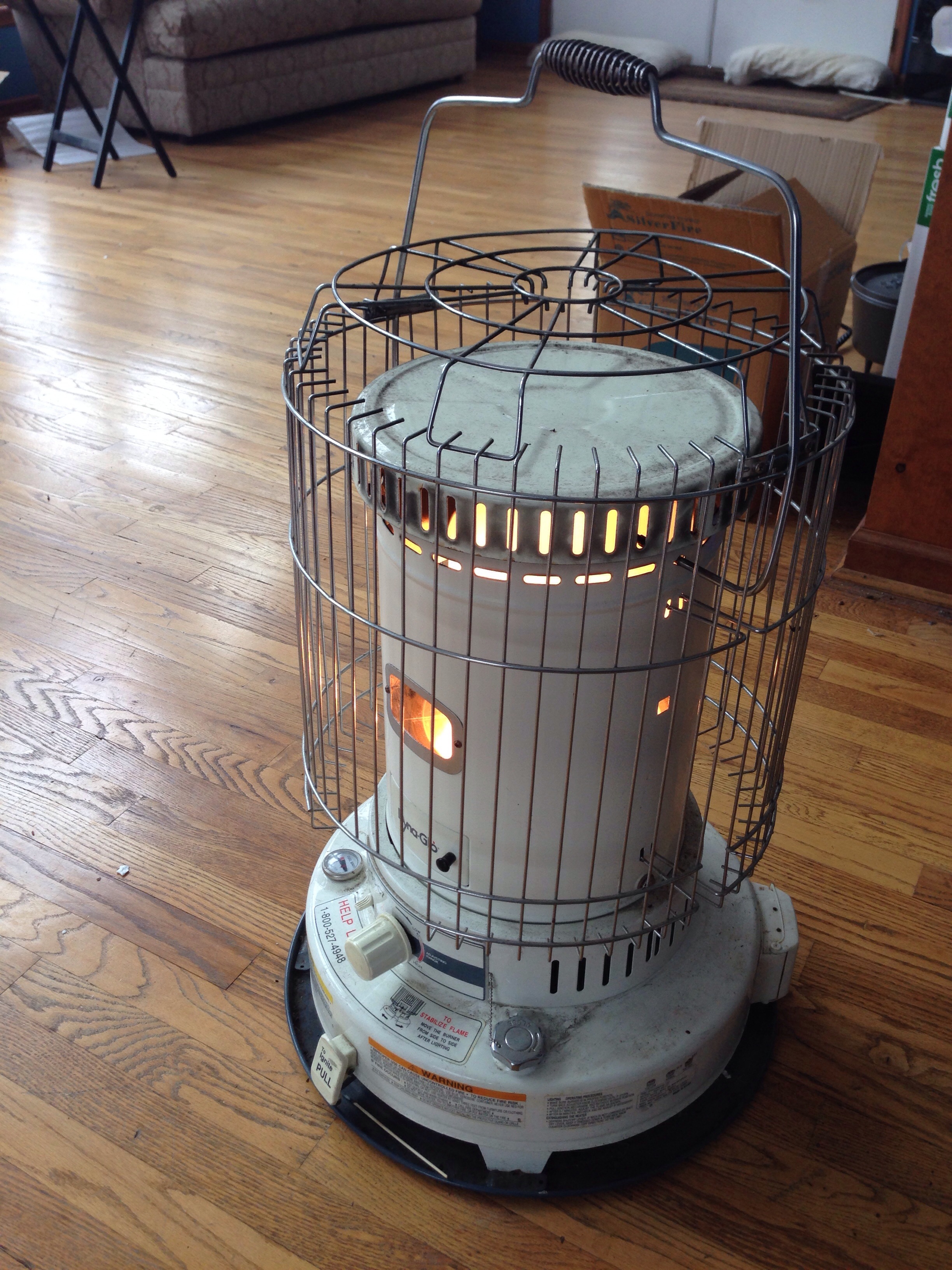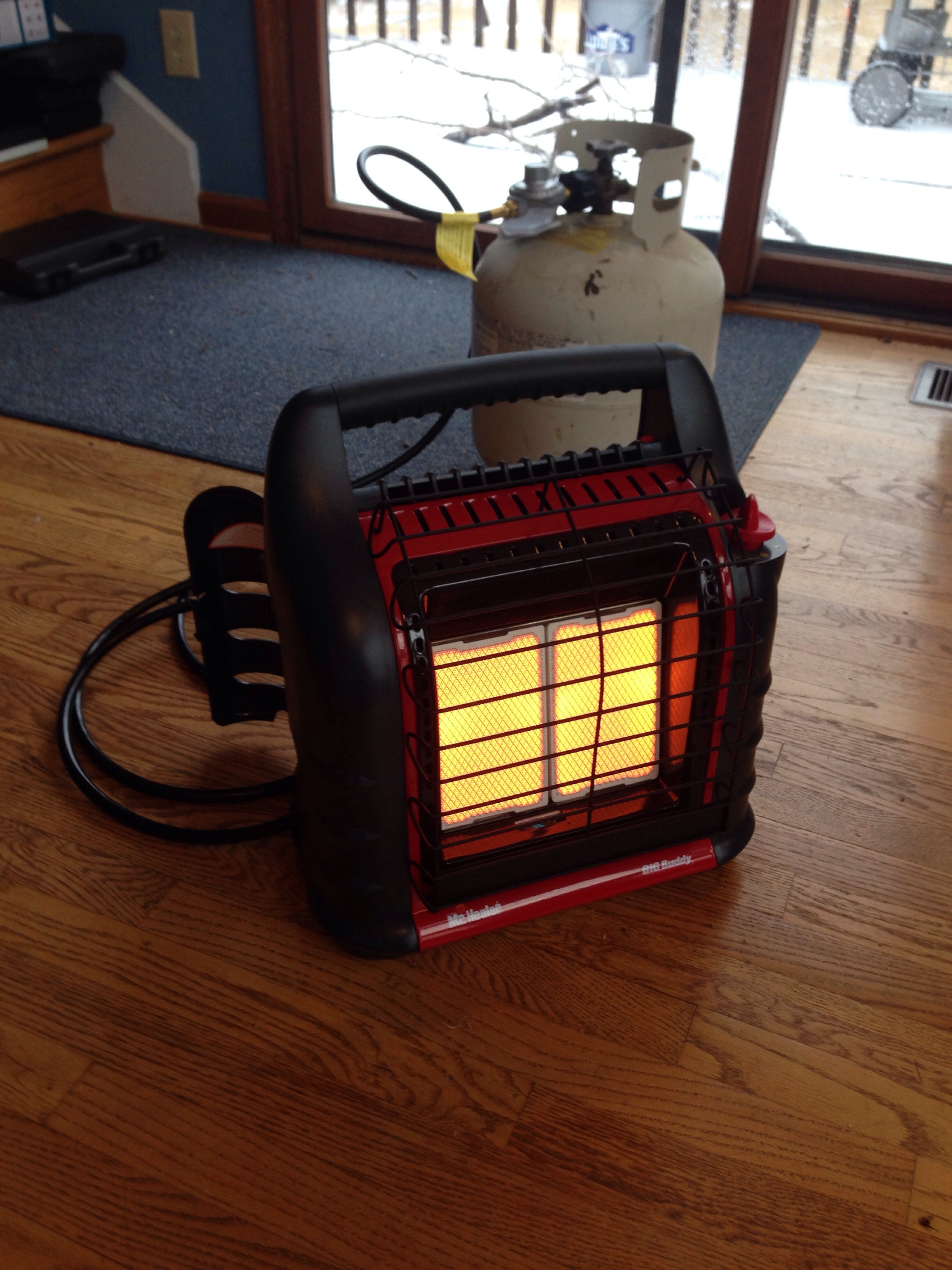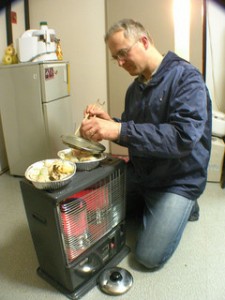I have expounded upon the notes I used in my interview with Jack Spirko on Episode 2005 of the Survival Podcast. I hope you find these notes helpful as you start your journey into cryptocurrencies and DApps.
What’s the difference between onchain and offchain transactions?
Onchain transactions
The native types of transactions to a blockchain. They are immutable (irreversible), but are subject to miner’s (or transaction handlers) fees and transaction confirmation delays.
Disadvantages
- Can take time to confirm (Bitcoin confirmation times are running over an hour presently)
- Fees to confirm (Average fees have grown from cents to dollars over the last year)
Advantages
- Immutable (irreversible)
- Viewable on a blockchain explorer (subject to any privacy protocols that may have been used)
Offchain transactions
Internal to an online wallet or exchange using a central database but not confirmed on a blockchain. Coinbase to Coinbase transactions are an example.
Advantages
- Nearly instant
- Zero or very little fees
Disadvantages
- Counterparty risk. You are trusting the central database will make good on the transaction and will maintain sufficient reserves should you desire to withdraw
- Not viewable in a blockchain explorer
- Makes it possible for the exchange or wallet to hold less than the total of their accounts
Other notes
- http://www.coindesk.com/block-chain-transactions-bad-bitcoin/
- The difference between having cash in pocket versus cash in bank
Evaluating different wallets
Which blockchain? Multicurrency or single currency?
What’s the use case?
- Store of value (i.e. replacement for gold or silver), ie. Holding (Lower liquidity requirement)
- Payments (i.e. VISA or Paypal replacement) (Liquid)
- Trading and/or speculation (i.e. brokerage) (Highly liquid)
Security
Tradeoff between liquidity and security
Private keys are absolutely critical. They are what proves you own what is in a wallet and what allows you to move those coins or tokens. The different wallet types are all about how/where those private keys are stored.
Online wallets
Private keys
- Stored in the cloud
- Login to access
- May or may not have access to private keys
Concerns
- Account login security (Coinbase’s is fantastic)
- Who owns the assets in case of insolvency of the wallet service, you or the wallets creditors?
- How are the private keys protected from hacking?
- Uptime (will the service be online when you need it?)
- Coinbase seems to have some issues during high volumes
- Coinbase is insured….. to an extent
- “Coinbase is trying to become the cryptocurrency version of Paypal and we need something like that if it is to become a mainstream tool” – Jack Spirko
- You are subject to outages and policies of that particular wallet.
Use cases
- Pass-through purchases of coins or tokens from the banking or credit system. Move to other wallets
- Trading
Examples
- https://coinbase.com (Exchange)
- http://blockchain.info/wallet (Wallet only)
Bitcoin ETF
Jack and I digressed into a discussion of the Bitcoin ETF. We both feel that eventually this will happen and lend legitimacy to the cryptocurrency space. Bryan wonders though at what cost? Jack and I both agree that the only reason to really do this is to be able to hold it in an IRA or for institutional investors since they must investor only in registered securities. Bryan is concerned about Wall Street being involved what with their ability to sway the market and create crazy derivatives for now until the market is more mature.
Software wallets
A piece of software that run on your laptop, phone or tablet.
Private keys
Stored on a device in you physical possession like a laptop, phone or tablet. Physical security is now much more important. Without your device or recovery words, your coins and tokens are lost. Also, malware becomes a concern
Use cases
- Point of sale uses
- Pocket coins and tokens
Examples
- http://jaxx.io
- Multiplatform (Chrome, iOS, Android)
- Multicurrency/multitoken (BTC, ETH, LTC, etc)
- http://mycelium.com
- Bitcoin only
- iOS version is not full featured compared to Android
Discussion on Exchanges
Jack and I discussed the best practice of purchasing from an Exchange and then moving coins or tokens to a wallet you control due to the concerns of Mt Gox. Bryan points out that it was offchain transactions that allowed the hack of Mt. Gox to affect its customers. Of course this is subject to your particular use case.
Hardware Wallets
Private keys
Stored on a special purpose device. Software on a general purpose device (laptop, tablet, phone) creates a transaction, communicates it to the hardware wallet where it is signed with the private key and then returned to the general purpose device’s software to be transmitted to a blockchain.
Use cases
- Long term store of value
- Large amounts
Examples
- Ledger Nano S (USB) or Ledger Blue (Bluetooth/NFC) https://ledgerwallet.com
- Multicurrency/multitoken
- BTC Sessions How To Video https://www.youtube.com/watch?v=YI1OntWB7wc&t=319s
- Keepkey (USB) https://www.keepkey.com/
- Multicurrency/multitoken
- BTC Sessions How To Video https://www.youtube.com/watch?v=7wWID4Mpmg4&t=625s
- Trezor (USB) https://trezor.io/
- Bitcoin only
Paper wallets
A paper wallet is a public address and private key pair that are generated offline and usually printed on paper. The public address and private keys are usually presented as QR codes
Private keys
Private keys are generated by client side javascript on a web page which can be run on a PC that is not connected to the internet. The idea is that the private keys do not have to be exposed on a general purpose device connected to the internet UNTIL you are reach to sent them somewhere else.
Advantages (if done properly)
The private keys are sequestered completely offline. They are not in a position to be compromised to a network.
Disadvantages
- A bit cumbersome to do properly
- All the typical issues with paper
- Yellowing
- Smudging of the ink
- Fire
Use cases
- Long term store of value
Examples
Procedure
- Save the page off on a USB stick
- Use an airgapped computer, perhaps with a Live CD boot
- Generate the wallet
- Print on a USB printer
- Turn off and wipe computer
- A video tutorial from BTC Sessions
- https://www.youtube.com/watch?v=VTsHeiBhPIM
- Note he does not show taking this to a sequestrated offline computer that is not and will never be on the internet. This is what I recommend.
Backing up wallets
Software and Hardware Wallets
- Write down the private key recovery seed. This is usually a 12 to 24 word phrase.
- Add a small amount to the wallet ($5 worth)
- Wipe the private key from your wallet
- Follow the wallet’s procedure for recovery and enter your recovery phrase
- All went well, you are now confident you can restore from the backup phrase
- Store the recovery seed on paper in a secure location (safe)
Paper wallets
- Print several copies
- Test test test
Cryptocurrency has no government backing or security
- Fiat bank accounts are FDIC insured, yet in financial meltdown, FDIC would be broke too
- Cryptocurrency forces the user to mind his own security
- Crytpocurrency is like cash in your pocket. No one can get it back if you’re mugged.
Bitcoin Hardfork (Segregated Witness vs Bitcoin Unlimited vs ?)
Blockchain hard fork
- End result is two blockchains with the exact same parent chain
- Miners may continue to mine either or both chains
- If you have control of your private keys, you can access both chains.
- You may want to. Ethereum classic still has value
- If a hard fork is imminent, Coinbase recommends withdrawl to other wallets if you want to access both chains https://blog.coinbase.com/update-for-customers-with-bitcoin-stored-on-coinbase-904dea08ac5f
Resources


 This is a great unit, but with this much volume, it really struggled, with temperatures dropping to around 60 within a few hours. It would probably have down well without the extra volume created by the vaulted ceiling. Note that I did not use the built in fan, which might have helped. I’ll try that at my new opportunity.
This is a great unit, but with this much volume, it really struggled, with temperatures dropping to around 60 within a few hours. It would probably have down well without the extra volume created by the vaulted ceiling. Note that I did not use the built in fan, which might have helped. I’ll try that at my new opportunity.


